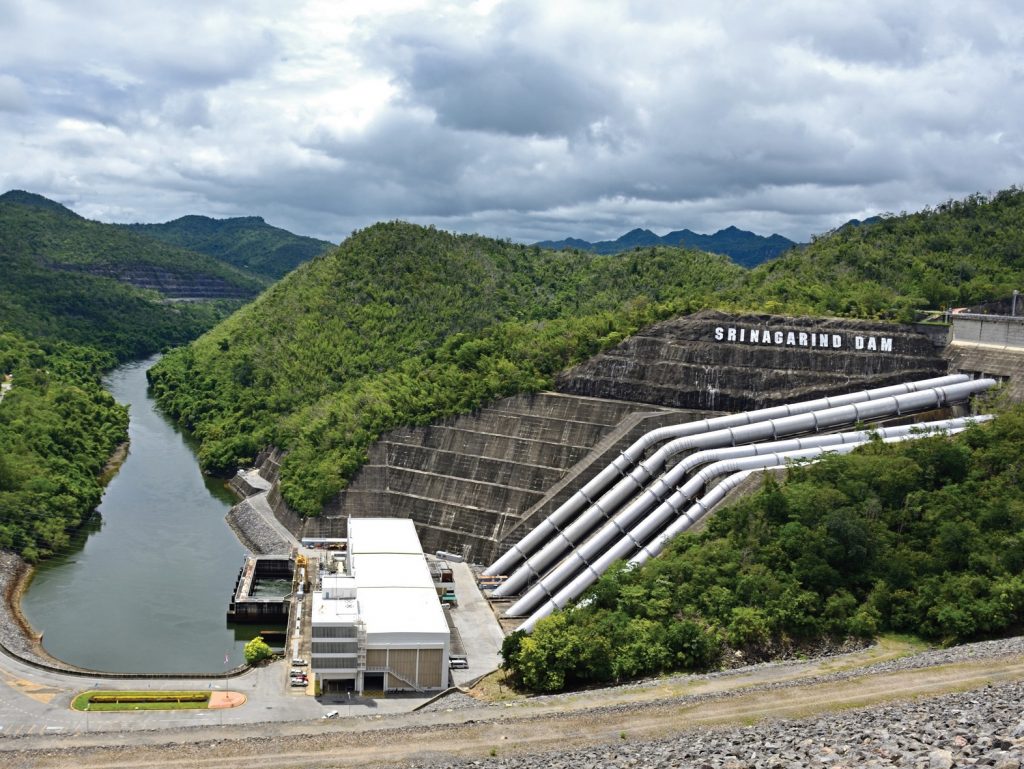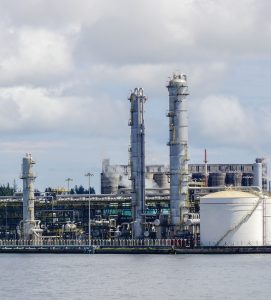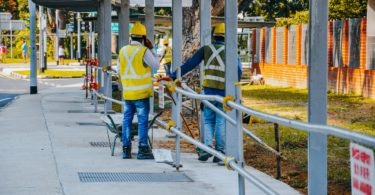Marked on most maps as a little red dot at the southern tip of the Malay Peninsula, Singapore comprises the main island and all its islets, totalling a land area of no more than 718.3 square kilometres, which is much smaller than its Southeast Asian neighbours. However, this does not limit Singapore from becoming a major player in the region, and even the world, in various sectors, including energy.
In 2015, Singapore consumed about 15 million tonnes of oil equivalent (Mtoe), merely about 4 per cent of the region’s total final energy consumption (TFEC). Nearly all of it was imported to meet domestic energy demand, as it has no fossil resources, while its renewable energy potential is also limited. To maintain its ranking among the world’s most competitive economies, it is crucial for this small city-state to ensure that economic growth is supported with competitively priced and reliable energy supplies. Hence, Singapore’s overall energy policy framework aims to maintain a balance of policy objectives—namely economic competitiveness, energy security, and environmental sustainability—known as the ‘Energy Trilemma’.

Over the years, the government has been constantly providing and enhancing policies and supporting regulatory frameworks, allowing the private sector to actively participate in moving towards sustainable energy. Back in the early 1970s, the largest oil refinery in the region started its operation in Singapore, a country with no oil resource at all. But then this refinery—still the largest in the region—along with two more refineries (amounting to about 1.35 million barrels per day) became the main source of oil products for neighbouring countries, such as Cambodia, Indonesia and Vietnam. When natural gas gained its momentum, Singapore started the construction of a SGD1.7 billion liquefied natural gas (LNG) receiving terminal in 2010. Singapore has raised its initial throughput capacity of 3.5 million tonnes per annum (Mtpa) to around 11 Mtpa. This plan will not only secure the supply for domestic demand, where more than 90 per cent of Singapore’s electricity is generated from imported natural gas, but it will also allow Singapore to become the hub for physical LNG trading and regional redistribution.

The progress of the oil and gas sector does not only occur at the national level. Singapore also actively contributes to the development at the regional level. The electricity exchange between Plentong in Peninsular Malaysia and Woodlands in Singapore is the first regional cooperation in electricity interconnection, which has now become the backbone of the ASEAN Power Grid (APG). Singapore is also a member of the Lao PDR, Thailand, Malaysia and Singapore Power Integration Project (LTMS PIP), the first regional initiative in multilateral electricity trading. The Energy Purchase and Wheeling Agreement (EPWA) of Phase 1 was signed in Manila, the Philippines, in 2017. Singapore, together with Malaysia, also initiated a 5-kilometre pipeline from Malaysia to Singapore in 1991, under another ASEAN flagship project, the Trans-ASEAN Gas Pipeline (TAGP). As of 2017, Singapore is connected to about one third of the total 3,673-kilometre TAGP.
To read the complete article, download the Construction Plus Mobile App.


 BENI SURYADI
BENI SURYADI
Manager
Policy Research & Analytics ASEAN Centre for Energy
Suryadi leads the Policy Research & Analytics (PRA) department of the ASEAN Centre for Energy (ACE), an intergovernmental organisation within the Association of Southeast Asian Nations’ (ASEAN) structure that represents the 10 ASEAN member states’ interests in the energy sector.
The PRA assists in fulfilling ACE’s function as a regional centre of excellence that builds a coherent, coordinated, focused and robust energy policy agenda and strategy for ASEAN. It provides policy recommendations for the region in achieving the member states’ collective goals under the umbrella of the ASEAN Plan of Action for Energy Cooperation (APAEC) 2016–2025, which is the energy blueprint of the ASEAN Economic Community.










